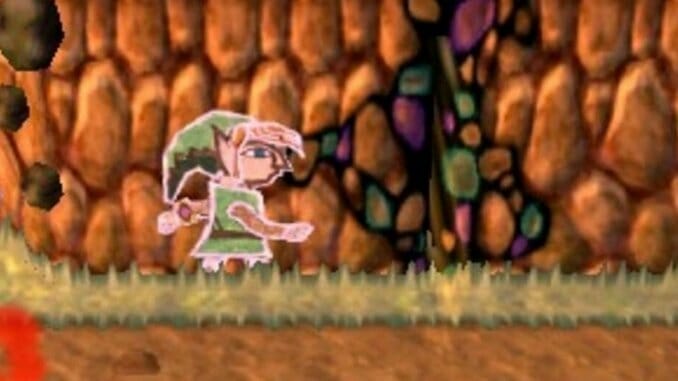
The writing had been on the wall since the Switch came out, but Nintendo has finally made it official: the 3DS has been discontinued. For 30 years Nintendo maintained both a console and a separate handheld system, but with the Switch serving as both, there was no more need for two different devices. So the lineage that started with the Game Boy all the way back in 1989 has come to an end—or at least merged with the same lineage that the Nintendo Entertainment System kicked off in ‘85.
The 3DS had a rocky start in 2011, but quickly became a worthy successor to the DS, which is still one of the biggest smashes in gaming history. Over the last decade some of Nintendo’s best games came out exclusively for the 3DS, and the compact little system also received quality ports of games originally (and sometimes even simultaneously) released for the Wii U. It was also where Nintendo’s burgeoning relationship with independent developers really took off, though; so many weird, unexpected gems were released digitally for the 3DS, foreshadowing the cornucopia of goodness that is the Switch.
Still, nobody knows how to make games for Nintendo systems like Nintendo does. As you’ll see below, the best 3DS games all came from Nintendo. Almost every major Nintendo series had a great installment released on the 3DS. Two series in particular, Fire Emblem and Animal Crossing, blew up in a major way on the 3DS, with the former finally becoming a major player in the West after almost 30 years, and the latter prepping the world for the full-blown phenomenon that Animal Crossing: New Horizons became earlier this year.
With the 3DS finally, officially moving on to videogame afterlife, let’s look back at the best the system had to offer. Here are Paste’s 10 favorite Nintendo 3DS games.
10. Super Smash Bros. for Nintendo 3DS
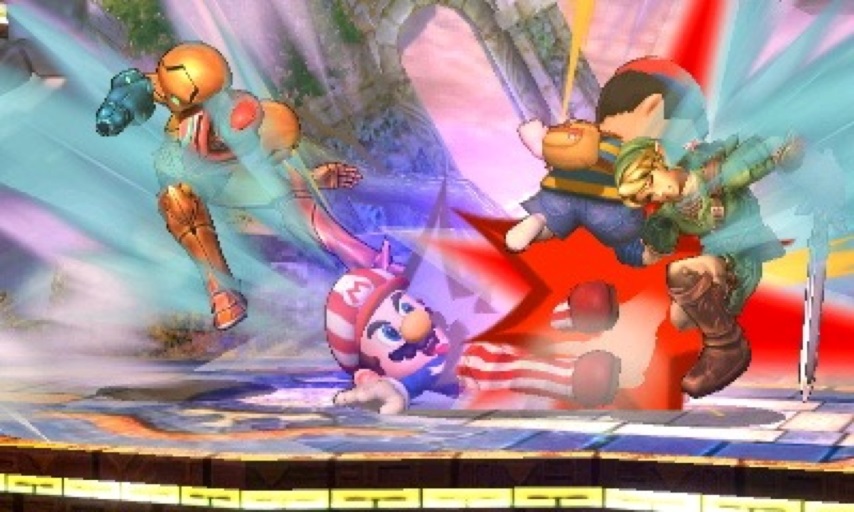
It seems odd that Nintendo’s finest would gather to do battle on such a small scale. Smash Bros is supposed to be huge. It has always cast Nintendo’s history as largely as possible, plowing through the past and hurling it all up on my television screen as an indiscriminating testament to the very concept of videogames. It’s more than just a cathedral to nostalgia, though, powerfully recontextualizing these references into a cohesive tableau that encompasses the company’s entire videogame history. It makes the thought of Mario, Link and Samus occupying the same world, something that once felt impossible and unnecessary, feel as natural and even thrilling as some of their own individual adventures. Now it even makes nods to such notable non-Nintendo outliers as Pac-Man, Sonic and Mega Man, widening its already massive scope from Nintendo to the entire root system of Japanese videogames. It does this all perfectly well on the large television in my living room, the one big enough for friends to sit around and stare at while collectively brutalizing each other, the one whose constantly shifting colors turn those friends’ faces into a kaleidoscope of masks when the lights are out.—Garrett Martin
9. Mario Kart 7
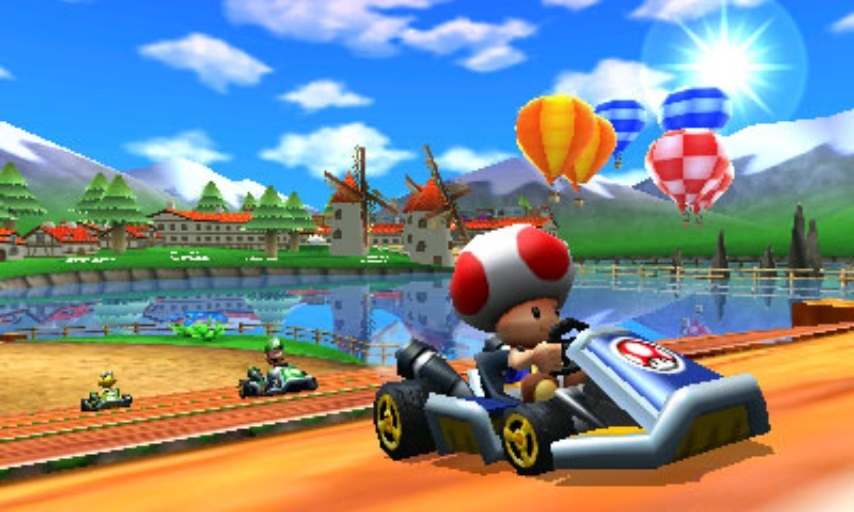
When the 3DS stumbled out of the gate way back in March 2011, it was the prospect of a new Mario Kart game that made many non-believers take notice and give the system a second-chance. The behind-the-back perspective of the series was the perfect showcase for the system’s touted autostereoscopic visuals. But even after the graphic novelty wore off, there was a solid racing game underneath the pizzazz, featuring some of the best original tracks of any Kart (Rainbow Road on the moon!) and cherry-picking past favorites (Waluigi Pinball needs its own game). Its online community remains vibrant five-plus years on.—Jon Irwin
8. Tomodachi Life
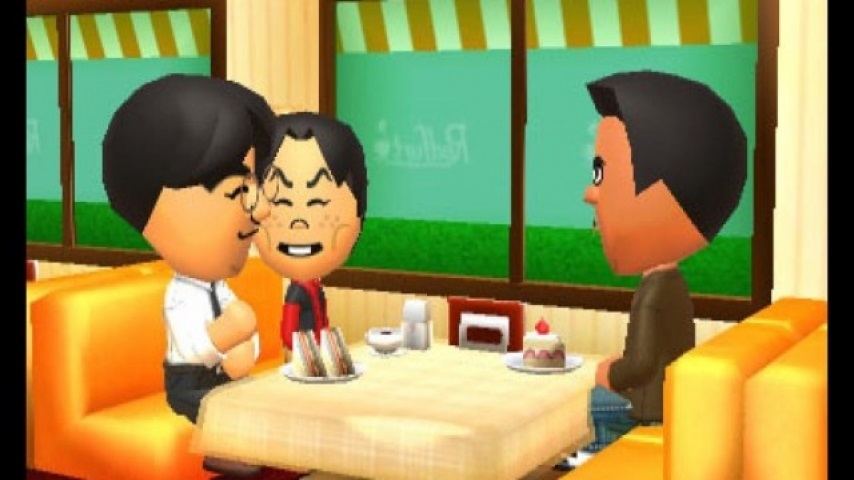
As I get older I find my thirst for virtual death and destruction waning. I can only slog through the rubble of so many apartment buildings in apolitical shooters shot through with politics to their very core before feeling like that guy at the bar who can’t let senior year go. How about a game where we see what happened in that apartment building before the world ended? Maybe it was a bit like Tomodachi Life, where friendly Miis of various heritage occupy an apartment building on a private island? This weird little game basically simulates what it’s like to be rich, as you don’t really do anything but hang out, shop and make money doing nothing. Nintendo received some well-deserved criticism over the lack of same-sex relationships in Tomodachi Life, but despite that bad decision and Nintendo’s tone-deaf response Tomodachi’s laidback pace and goofy charm is something this industry needs more of. It’s Animal Crossing’s weird second cousin, with cartoon versions of my real-life crew instead of persnickety mice. The stakes are fun and those stakes are high.—Garrett Martin
7. Super Mario 3D Land
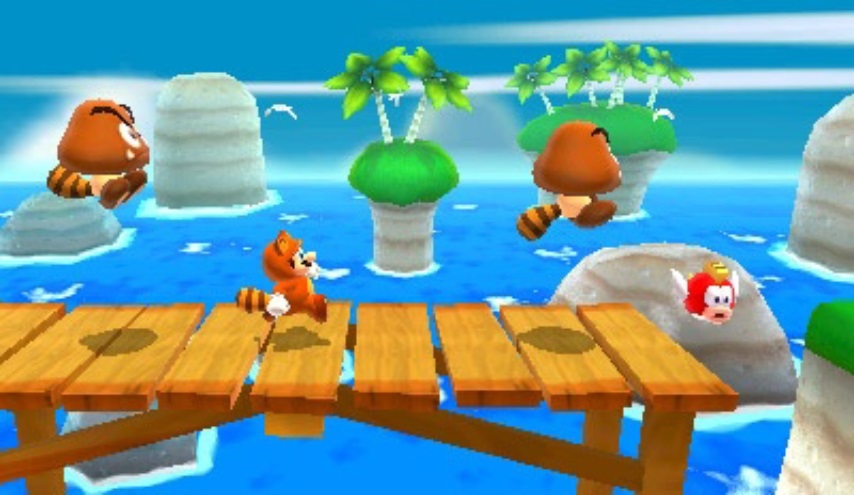
Quizzically, the Super Mario games that actually have 3D in their name—Super Mario 3D Land and Super Mario 3D World—don’t partake in the new freedoms afforded by the 3D platformer as much as the other five games on this list. The levels are generally more linear than the open-world areas you’ll find in games like Super Mario Galaxy and Super Mario Sunshine. Consider it as almost a bridge between the traditional side-scrolling Mario games and the fully-fleshed out, 3D open world games in the vein of Super Mario 64. 3D Land was the first of these two, and remains a fun, well-designed, and impressive game.—Garrett Martin
6. Fire Emblem: Fates
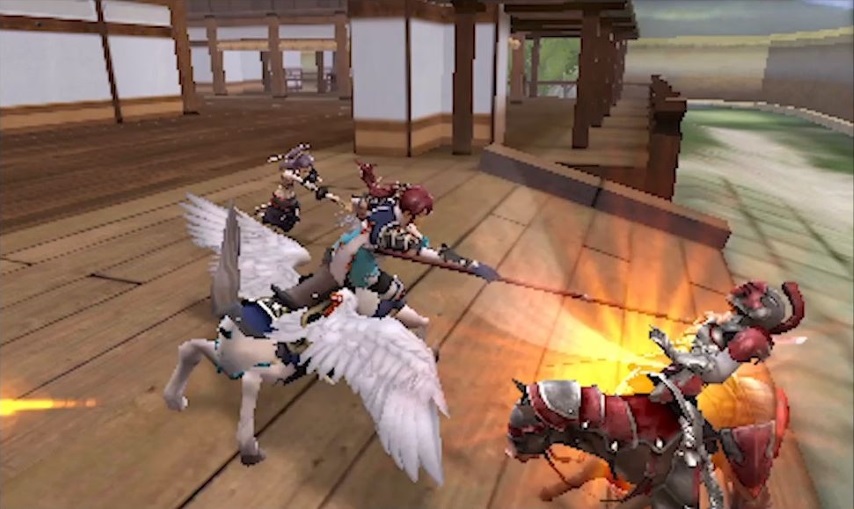
Tragedy falls on both sides of this war no matter what you or your hero do. Friends and family die or permanently retreat with regularity. Fire Emblem is both an adorable game about cute anime kids becoming friends and lovers, and also one of the cruelest and most unforgiving virtual death marches you’ll ever play. Don’t hold all that death against Fates: it’s the game’s birthright.—Garrett Martin
5. Rusty’s Real Deal Baseball
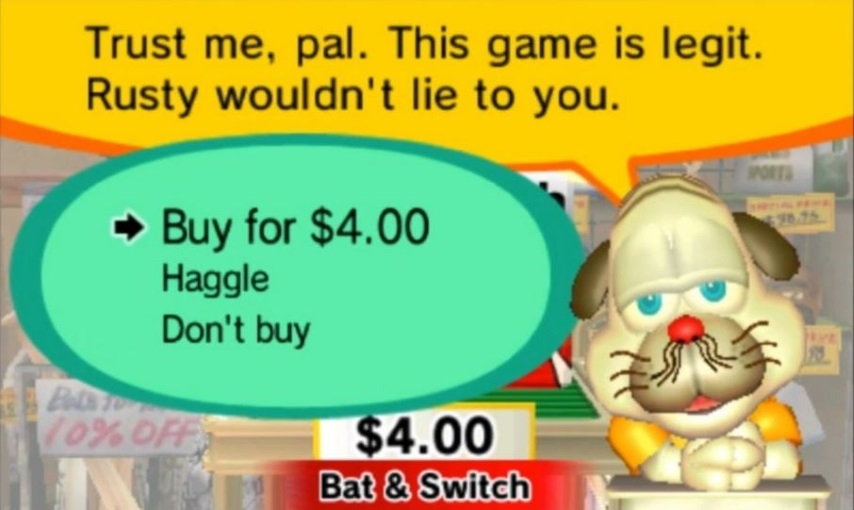
Rusty Slugger is your ordinary baseball-playing-dog-turned-business-owner. But he’s fallen on hard times. His wife has left him. He needs business to pick up in order to feed his pups at home. This is where you come in. His wares? Baseball practice mini-games like hitting in a cage and fielding ground balls. The “real deal” comes in the form of negotiating with the poor slugger for cheaper prices, meaning you buy each game for less real-world money if you successfully haggle. Rusty’s is that rare free-to-play experiment that never feels exploitative and whose payment is a part of the actual game. It doesn’t hurt that each mini-game is polished and fun and challenging and hilarious. Please, I beg of you: Play this game.—Jon Irwin
4. Super Mario Maker

For many players Super Mario or one of its many sequels is the ur-videogame, the first brush with a controller, the most elemental building block in an entire multi-billion dollar industry. The ability to muck about with our most powerful memories and experiences is bewitching and almost unthinkable, but that’s the core of Super Mario Maker. It’s exactly as good and as bad as you think a Super Mario level editor would be, and that’s entirely subjective upon your own thoughts and opinions.—Garrett Martin
3. Metroid: Samus Returns

This “reimagining” of Metroid II: Return of Samus bears some clear hallmarks of that Game Boy original, most notably in its focus on hunting down and killing a specific number of metroids. It’s so far removed from that game, though, in terms of both its structure and how you play it, that it feels unfair to call it a remake. Basically it takes a handful of ideas from a game released in 1991 and expands upon them to make something that feels fresh and vital in 2017. The most crucial addition is a parry counterstrike that feels nothing like you’ve ever done in a Metroid game before.—Garrett Martin
2. The Legend of Zelda: A Link Between Worlds

Before Breath of the Wild, The Legend Zelda had felt trapped by its own history for years. 2013’s A Link Between Worlds addresses that history head-on, but somehow creates an identity that’s more fulfilling and surprising than any Zelda released between Wind Waker and Breath of the Wild. It might have the same map as A Link to the Past, the same overhead perspective, and the same weapons and archetypes that appear in every Zelda. It’s not the same as any Zelda you’ve played before, though, because even this reliably good series is rarely as elegantly designed as A Link Between Worlds.—Garrett Martin
1. Animal Crossing: New Leaf

The nicest thing about Animal Crossing: New Leaf is—depending on your real-life schedule, your emotional wherewithal, your ego’s appetite—the game conforms. It will read you like a fortune-teller and uncannily predict your needs and desires. The game, for you, might score a 2 or a 10. Because, see, the thing about paradise is, it’s whatever you want it to be.—Jenn Frank